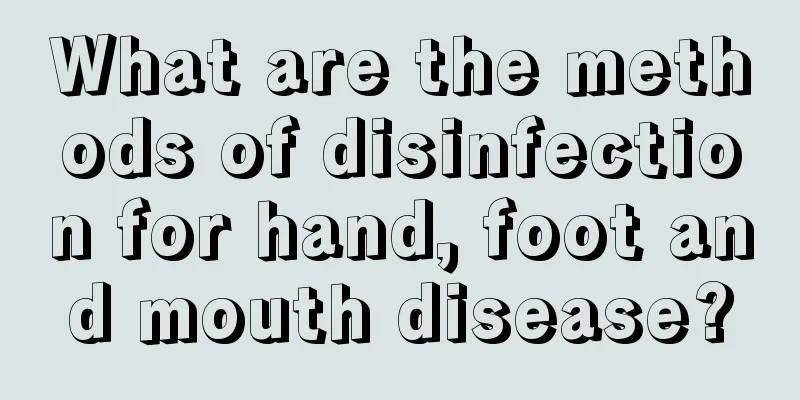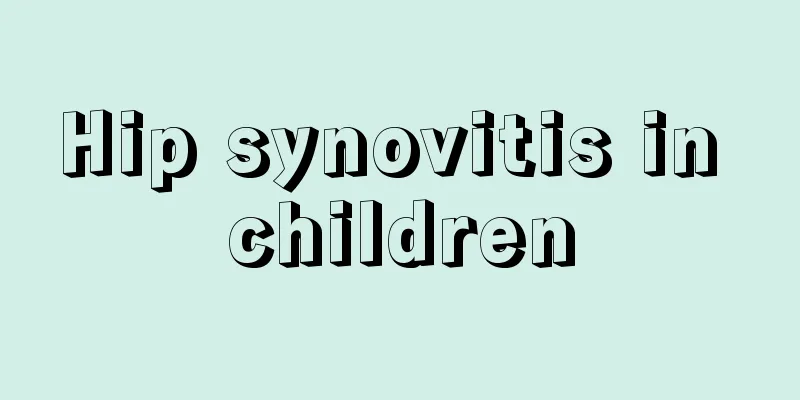What are the methods of disinfection for hand, foot and mouth disease?

|
Hand, foot and mouth disease is a common disease among children. Now that environmental pollution is particularly serious, the chance of children suffering from hand, foot and mouth disease has greatly increased, especially because it spreads quickly. Once hand, foot and mouth disease occurs in children, it will be particularly serious. There are many ways to disinfect hand, foot and mouth disease. Here we will introduce the disinfection methods for hand, foot and mouth disease. When a child with hand, foot and mouth disease appears in the home, he or she should be properly isolated. The sick child’s tableware, toys, daily necessities, excrement, etc. need to be disinfected. Since enterovirus can be quickly inactivated at 50°C and is very sensitive to ultraviolet rays, dryness, etc., exposure to the sun or boiling may be the preferred disinfection method for some contaminated items. ★ Isolation measures: Children with mild symptoms do not need to be hospitalized. They should be treated and rest at home to reduce cross infection. Children receiving home treatment should not come into contact with other children. ★ Excrement disinfection: For thin excrement or vomitus, add 50 grams of bleaching powder per liter; for formed feces, add 2 parts of 50 grams/liter chlorine-containing disinfectant solution to 1 part of feces, mix well and let it sit for 2 hours. The container containing excrement should be soaked in 500 mg/L chlorine-containing disinfectant for 2 hours. ★ Disinfection of tableware: Boil for 20 minutes, or soak in 250 mg/L chlorine-containing disinfectant solution for 30 minutes. ★ Disinfection of daily necessities and toys: Boil for 20 minutes or expose to sunlight; or wipe and disinfect with 500 mg/L chlorine-containing disinfectant solution for 30 minutes; or wipe and disinfect with 0.3% peracetic acid for 1 hour, then wipe with clean water after disinfection. If conditions permit, you can use direct ultraviolet light for 30 minutes. ★ Disinfection of patients' clothing: Boil them after washing or expose them to the sun for 20 minutes; or soak them in 500 mg/L chlorine-containing disinfectant for 30 minutes and then wash them with clean water. It should be noted that chlorine-containing disinfectants can easily fade colored clothing. ★ Disinfection of door handles, beds and other furniture: Use 500 mg/L chlorine-containing disinfectant solution to wipe and disinfect for 30 minutes. ★ Air disinfection: Open windows regularly to ventilate the room and keep the air flowing. If conditions permit, use ultraviolet light when no one is around. ★ Disinfection of domestic sewage: Use 50 mg/L chlorine-containing disinfectant solution for 2 hours. ★ Garbage disinfection: Spray with 1 gram/liter chlorine-containing disinfectant solution for 2 hours. The above are the disinfection methods for hand, foot and mouth disease. Only by mastering these disinfection methods in daily life and disinfecting various daily necessities, tableware, clothing, etc. can we effectively avoid hand, foot and mouth disease. Children have weak constitutions and the chance of contracting hand, foot and mouth disease will be greatly increased, so we must pay attention to these eating habits to effectively avoid the disease. |
<<: Does hand, foot and mouth disease itch?
>>: What to do if hand, foot and mouth disease recurs
Recommend
What foods are good for children's eyes?
Some children have black eyes and a blink of an e...
What to do if your child is distracted in class
Inattention is not a problem exclusive to childre...
How to treat myocarditis in children
Myocarditis is most likely to occur in adults, bu...
What should a 10-month-old child eat to cure his cough quickly?
Cough is one of the most common diseases in infan...
Causes of white spots on children's faces
White spots with a few bran-like scales on a chil...
What to do if your child has chest tightness, cough and no phlegm
Cough, I believe everyone has experienced this di...
Treatment of viral enteritis in babies
The baby's intestines are relatively fragile ...
What to do if your child has not had a bowel movement for 3 days
Since newborn babies do not have the ability to d...
What should I do if my newborn baby sneezes or coughs?
Newborns are not as resistant as adults in all as...
What to do if your child has a fever and stuffy nose
Children's fever is accompanied by nasal cong...
How long does it take for children to change their teeth?
Parents are very concerned about their children&#...
What to do if your two-month-old baby spits up frequently
Many parents find that their children often spit ...
What causes bacterial infections in children?
Do mothers know? Children are most susceptible to...
What should I do if my baby feels cold after the fever subsides?
What should I do if my baby feels cold after the ...
How to prevent seasonal dermatitis in children?
The winter solstice is the period of recurring se...









